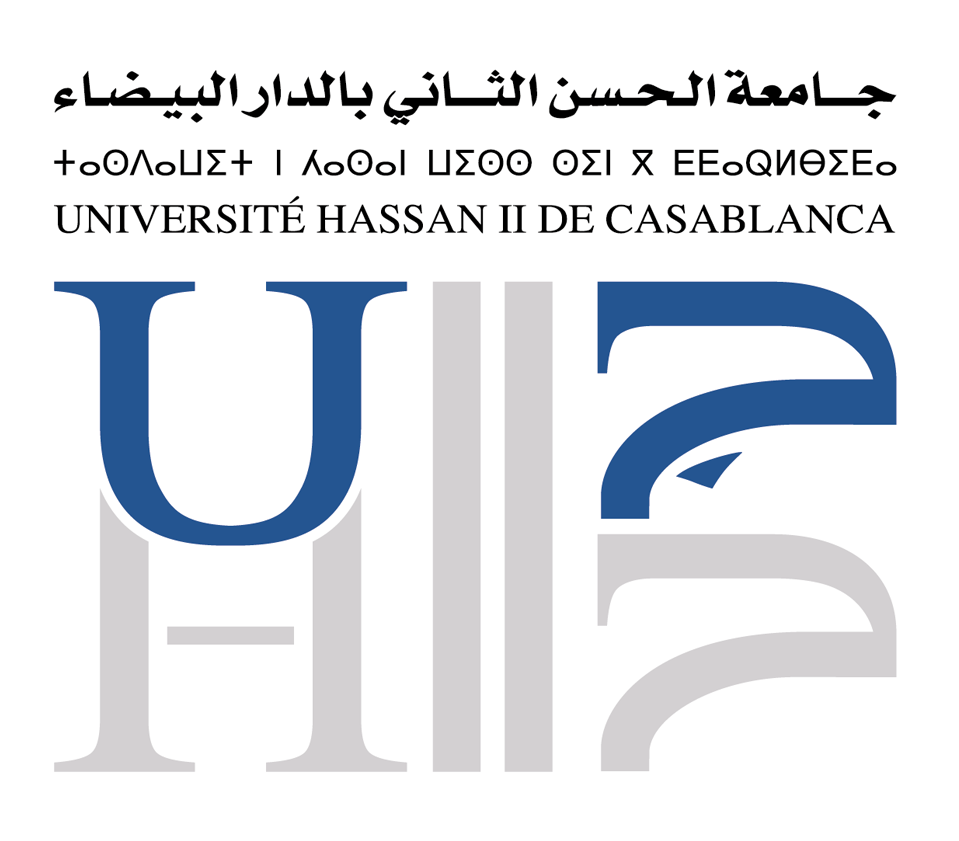Hassan II University of Casablanca is embarking on a major scientific research restructuring project for the period 2025-2028, based on an ambitious objective: to strengthen scientific performance while optimizing laboratory governance.
Key initiatives implemented as part of this project :
I-Research Laboratories: towards optimizing performance
Restructuring Objectives :
- Refocusing Efforts and Capacity Building: Reducing the number of laboratories from 125 to 70-80, with a focus on scientific quality and performance.
- Improving governance and thematic coherence: refocusing teams and researchers around specific areas to strengthen their specialization and efficiency.
- Strengthening multidisciplinarity: launching CTRI projects to ensure institutional coherence.
- Anticipating retirements: encouraging generational renewal among team leaders and laboratory directors.
Actions taken:
- Regulations revision: adoption by the CU of the regulations for accreditation of research structures, the standard internal regulations for laboratories, and the evaluation grids, aiming for excellence and international standards.
- Digitization of research management: implementation of the NIBRAS platform for simplified, transparent, and efficient management of laboratory performance and researcher requests.
- Laboratory accreditation: evaluation and ranking of laboratory projects for accreditation.
II- Thematic Centers for Research and Innovation (CTRI)
CTRIs are cross-disciplinary, multidisciplinary structures that bring together research teams around strategic projects aligned with national and regional priorities.
Strategic Objectives of the CTRIs :
- Meet national and regional priorities in research and innovation.
- Promote multidisciplinarity and transdisciplinarity.
- Pool human and material resources, particularly heavy equipment.
- Encourage quality scientific publications and participation in international projects.
- Develop the humanities and social sciences (HSS) to better understand societal issues.
How the CTRIs work :
- One Center, one project: each CTRI is structured around a strategic project involving several laboratories.
- Participation criteria: minimum 6 laboratories from 3 institutions and 2 disciplinary fields.
- Funding duration: 4 years with regular evaluation of scientific impact.
- CTRI accreditation (2025-2028): Adoption by the CU of 10 CTRIs.
- CTRI calls for projects: Launch in February 2025 to fund CTRI projects. A laboratory can participate in two CTRIs via two different teams.
Capacity Building for CTRIs :CTRIs will be supported by the City of Innovation and Technology Transfer, as well as its five technical platforms :
1. Materials Analysis and Characterization Platform.
- SEM-EDX
- XRD, XRR, GIRX, SAXS, H-XRD
- X-ray Fluorescence (XRF)
- Sample Preparation
2. Elemental and Molecular Chemistry Platform :
- ICP
- TIMS
- Chromatographie ionique (IC)
- RMN
- Spectrofluorimètre, FTIR, Raman, UV-Visible, PL
3. Biotechnology and Functional Genomics Platform :
- NGS Sequencer
- Bioinformatics
- Cell Culture Platform
- PCR
4. High-Performance Computing, AI, and Cybersecurity Platform :
- Servers, Workstations, Software
5. Prototyping and Electrical and Mechanical Engineering Platform :
- Additive Manufacturing
- Sputring
- Machines Outils
- 3D Printers & Scanners
- Electronic Instrumentation
- SMD PCB Production

